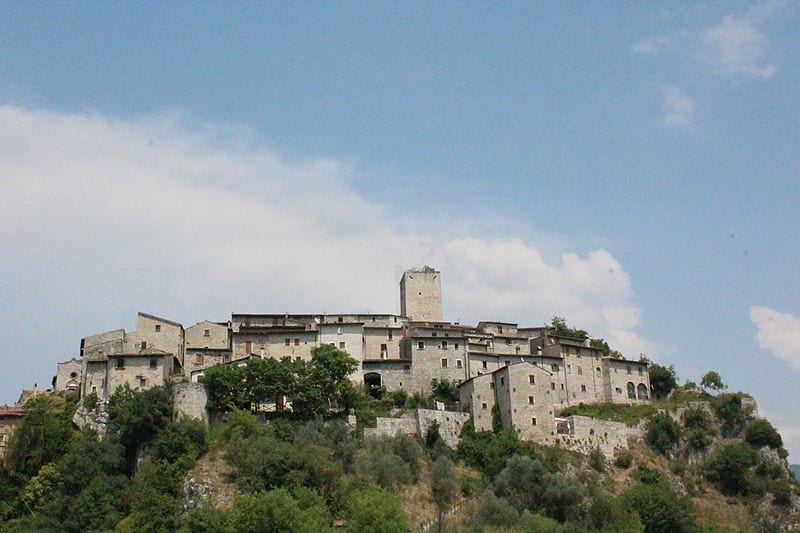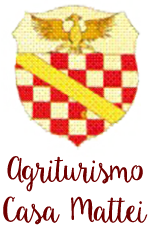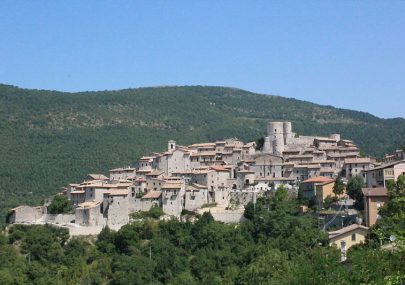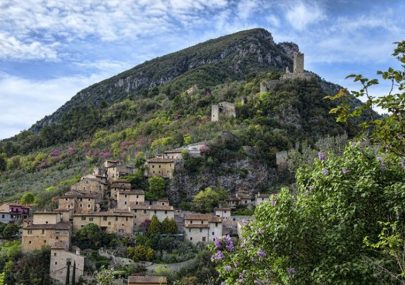
Arrone
At the end of the ninth century, a Roman nobleman named Arrone advanced into the Valnerina and took possession of one of the rocky promontories that stood and built a fortified castle there, initially in wood and then rebuilt in masonry. This castle was the first nucleus of the town, which took its name from him. The fief later came to extend from Papigno to S. Pietro in Valle from Miranda to Labbro. From Piediluco to Melaci and Polino During the thirteenth century the Arronis progressively lost lands, autonomy and prestige in favor of Spoleto. The men of Arrone, then, in 1315 redeemed the entire municipal territory from the ancient lords, gave themselves a statute (1542) and became animators of the revolt of the Lower Valnerina against the Spoleto feudal system (1700-1800). Burned and sacked by the French in 1799, with the restoration of the papal government they were aggregated to Arrone as fractions of communities which had been autonomous until then. The upper part of the town retains the original medieval structure, with the Ancient Walls, and the typical narrow and picturesque alleys. The proximity of the town to the Nera river has allowed the production of numerous events related to it such as canoe downhill competitions, which are held throughout the summer. Also not to be missed in Arrone are the celebrations in honor of the patron saint St. John the Baptist (24 June) and during the Christmas period, the representation of the living nativity scene at the ancient castle.


